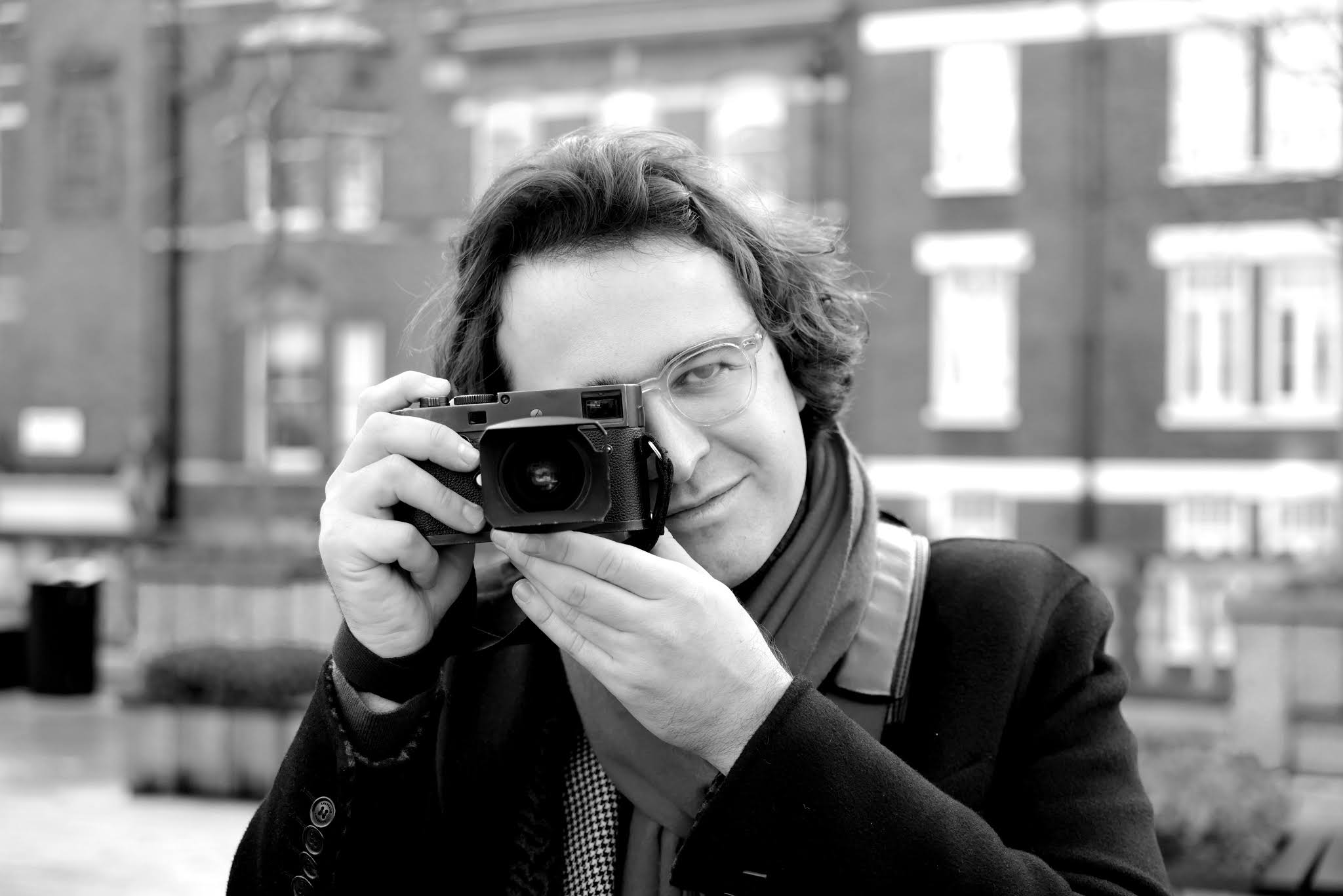Alan Schaller Teaches Using Light For Street Photography
Alan Schaller is a street photographer who has mastered the art of using light to create stunning images. His work is known for its dramatic use of shadows and highlights, and his ability to capture the beauty of everyday moments in a unique and unforgettable way.
In this video, Alan shares his insights on how he uses light to create his signature style. He discusses the different types of light, how to position your subject in relation to the light, and how to use exposure compensation to achieve the desired effect.
Light's Role in Storytelling
Street photography isn't just about capturing a scene; it's about telling a story through images. Lighting plays a pivotal role in this narrative. Alan showcases examples from his portfolio, revealing how different lighting setups help tell different stories. From capturing commuters on the London Underground to creating striking portraits, each photograph has a unique tale to tell, all thanks to the way light is harnessed.
The Importance of Light
As any photographer knows, light is the cornerstone of photography. It shapes the way we perceive the world around us, and it can make or break a photograph. Regardless of your subject or gear, the quality of light can determine the success of your shot.
Imagine having the perfect subject but harsh, unflattering light. Alternatively, consider a mundane subject illuminated by the magic of golden hour. The latter scenario often results in a far more engaging and captivating image. The takeaway? Don't just focus on your subject; pay equal attention to the quality and direction of the light.
Three Types of Light
Front Light: This is when the light source is behind you and directly illuminates your subject. Front lighting is great for even exposure across the frame, but it can lack depth and mood. It's often used in situations where you want to showcase your subject clearly and evenly.
Backlight: Backlighting occurs when the light source is positioned behind your subject, creating silhouettes or highlighting edges. This technique adds drama and depth to your images. Capturing subjects against the light can create beautiful highlights and flares, infusing your shots with a cinematic feel.
Side Light: As the name suggests, side lighting comes from the side of your subject. It introduces texture, depth, and dimension by casting shadows and highlights. Side lighting can be a bit trickier to master, as it requires careful consideration of your subject's angle and interaction with the light.
Playing with Light
Alan Schaller emphasizes that light is not just something you correct in post-processing; it's something you actively use to create compelling shots. He takes us through a journey of his experiences, offering insights into his thought process and techniques:
- Magic of Low Sun: Lower sun angles create longer shadows and intense highlights, leading to high-contrast, dramatic shots. Positioning yourself and your subject in relation to the sun can result in stunning rim light effects, adding an ethereal quality to your images.
- Capturing the Moment: Alan's approach often involves setting up in a particular spot and waiting for the perfect interaction between light and subject. This patience and observation are essential in crafting unique and impactful images.
- Using Exposure Compensation to Control Light: In addition to using different types of light, Schaller also uses exposure compensation to control the amount of light that is captured in his images. Exposure compensation is a setting on a camera that allows you to adjust the exposure of an image up or down by a certain number of stops. This can be a very useful tool for photographers who want to control the amount of light in their images.
In the image below, Schaller uses exposure compensation to create a silhouette effect. He has set the exposure compensation to -2 stops. This results in a silhouette effect, where the subject is dark and the background is bright.
The Importance of Experimentation
Schaller encourages street photographers to experiment with different types of light and to be creative in their approach to photography. He believes that the best way to learn how to use light is to experiment and to try different things.
"There is no right or wrong way to use light," says Schaller . "The most important thing is to experiment and to find what works for you. There are no rules in photography, so be creative and have fun!"
Alan Schaller is a true master of light, and his work is an inspiration to photographers everywhere. His images are dramatic, beautiful, and full of life. If you're looking to learn more about how to use light in your photography, I highly recommend checking out his work.
You may also like: How to shoot hilarious portraits
Text, image and video via Alan Schaller | Directed by Biz Thompson.




















0 comments:
Post a Comment